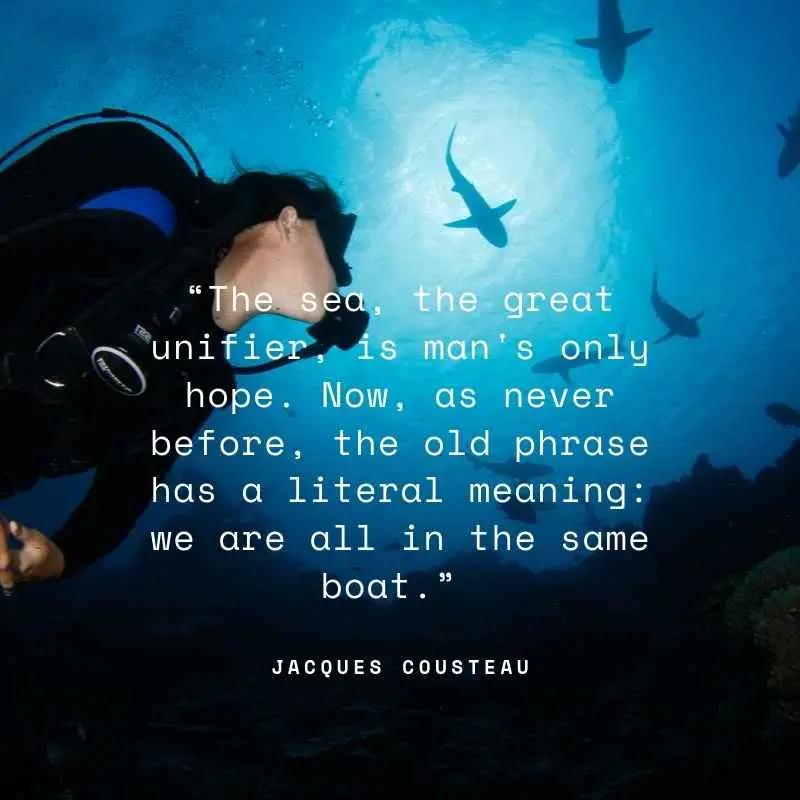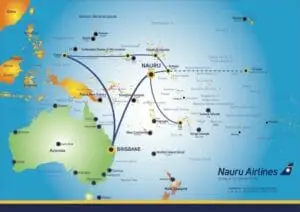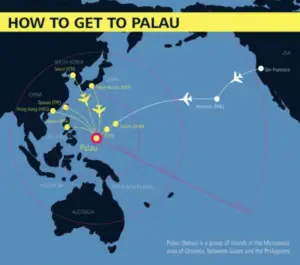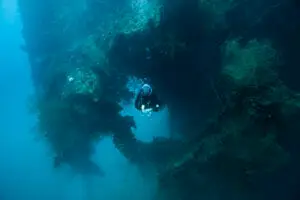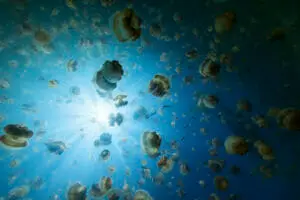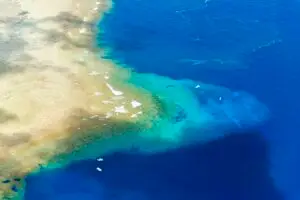In this article, we will dive deeper into marine citizen science and marine conservation science.
Let’s slip on a wetsuit and go under the sea …
If you caught our first post on citizen science, you’ll know the incredibly important contribution everyday people are making to the collection of data – and so to the outcomes of research – in science around the world.
If you’re already a diver, it’s probably okay for us to assume you have a love of all things marine .. you’re eager to explore and discover the mysteries below the surface. You’ve poured your resources into certification, SCUBA gear, and probably the marine version of Hitchhiker’s Guide to the Galaxy for nudibranchs.
SCUBA is a versatile tool: underwater photographers use it to get that perfect shot, marine biologists use it to investigate ecological processes … and the emerging field of citizen science uses SCUBA as a tool to get ocean enthusiasts (that’s you) involved in marine research.
So, what is Marine Citizen Science?
In short, Marine citizen science is anything and everything ocean. Whether you’re a SCUBA diver, snorkeler, boater, surfer, or beachcomber there is a science project for ocean exploration, education, preservation, and rehabilitation …
Marine science, sometimes referred to as ocean research, offers some rather unique possibilities for you to get involved in marine research and conservation.
Two sides to the “marine citizen science” coin
It’s good to understand there are two aspects to marine citizen science: Marine Conservation Science, and Marine Environmental Science.
In this article, we’ll look at Marine Conservation Science and in the next post we’ll explore what people mean when they refer to Marine Environmental Science.
Marine Conservation Science (MCS) – think stewardship and community engagement
Another term for this one is ocean conservation. It covers our studies of resources related to marine plants and animals, as well as the functions of ecosystems. The aim of marine conservation science is to protect ocean ecosystems.
MCS is a true partnership between ocean enthusiasts, people who use marine resources in a professional capacity, researchers and conservationists.
Simple illustrations include the cases of the Australian abalone fishery and the CA lobster fishery. Fisherman worked with fish biologists (ichthyologists) and fisheries scientists to track the movement and home range of certain species. The data was used to establish the size and location of fishing grounds for a sustainable future.
Other projects have formed where tourism operators and local villagers in remote island nations work with global conservation foundations to create new observation areas.
These document the timing and location of new fish spawning aggregations, and help authorities protect the fish during spawning.
It’s a triple-win:
- Tourists enjoy a new experience
- Fish researchers can rely on the tourists to help provide data
- Locals benefit as they depend on a sustainable fish population for future catches.
It may seem an unlikely alliance at first glance, but Marine Citizen Science does much to develop partnerships and help push society towards a sustainable future.
Helping people observe and grow in their understanding of the marine environment will have a side-effect of them falling more deeply in love with our oceans and the life within them.
Jacques is known for saying that “People protect what they love”; by helping people love our oceans, they’ll do more to protect them. And, as Jacques points out, the sea is our “only hope”.
An easy first step
Many people find the easiest way to begin is to help protect threatened and endangered species. With the data on sightings that marine citizen scientists provide, researchers can capture migration patterns, determine home ranges, and detect new breeding grounds for a species.
This, in turn, provides government agencies the necessary data to establish sanctuary zones or seasonal area closures.
Documenting sightings of endangered species can also offer a unique opportunity for the public to glimpse rare species, such as a dugong in Palau or a blue shark off the coast of California.
Platforms like Wildbook allow citizens to record their exact GPS location, time, and date through a smartphone app. Sometimes specific individuals with unique markings or patterns can be identified and tracked, especially long-lived species like a Loggerhead sea turtle or Napoleon wrasse.
If you’d like to join the work, download an app like Wildbook or iNaturalist and have it at the ready during your next exotic vacation, or even when messing about on your kayak along your local coastline.
Any time is the right time to record a sighting, especially if it’s out of the ordinary.
Marine Citizen Science: How do you get started?
If you are an ocean enthusiast, it is likely you already have a basic knowledge of marine life in your local area or favorite vacation spot. It’s also likely you’re keen to learn more.
A good way to get involved is to start local, or join one of the virtual projects and start brushing up on your identification skills.
What training do you need?
A good citizen science project will come with good foundational training. This can be as simple as illustrating how to use an app on your phone, and that quizzes you to make sure you correctly identify pictures of fish.
Or, you might use a web platform that tests your skills in identifying fish based on their functional group: predator, herbivore, coralivore, picker, etc.
Want something more challenging?
Click here to read Part 2 where we’ll take you into what’s involved with Marine Environmental Science.
If you need any advice or help planning your Palau vacation, please do not hesitate to contact our US reservations team directly via e-mail.

